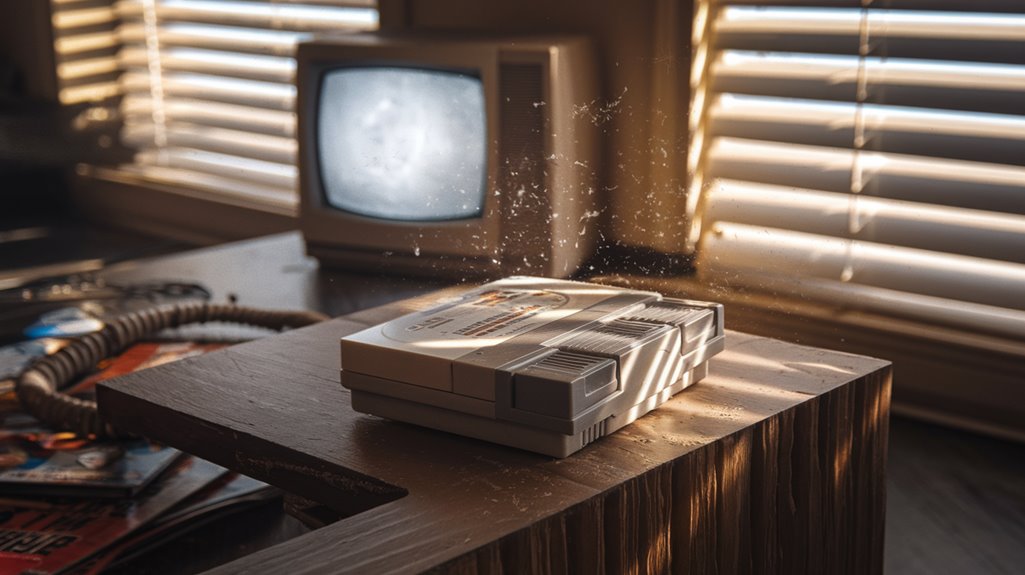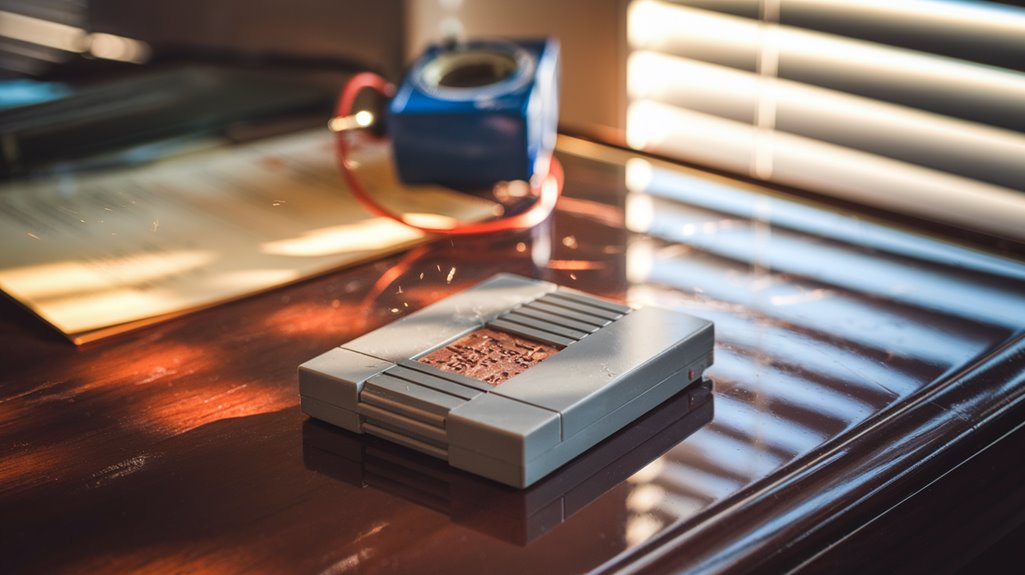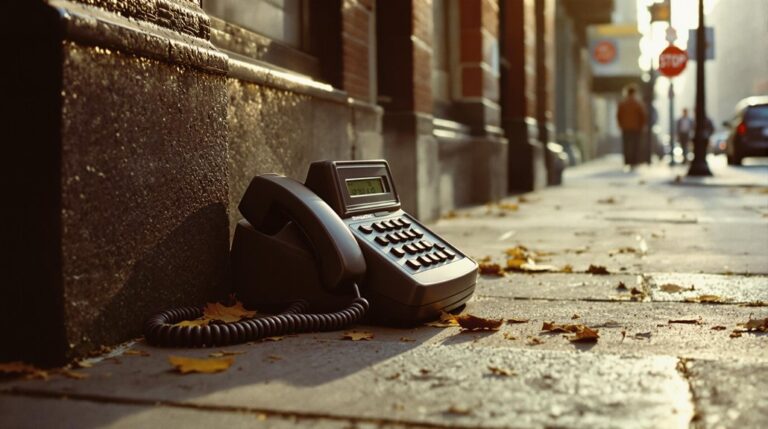Why Gamers Blew on Nintendo Cartridges—And Why It Backfired
You've probably done it yourself: pulled out a Nintendo cartridge, blown into it like a determined trumpet player, and felt victorious when the game finally worked. This widespread practice became such an integral part of gaming culture that you'd find kids doing it on playgrounds and teens sharing it as foolproof advice. But what you thought was fixing your favorite games was actually causing invisible damage—and the real solution was far simpler than you might expect.
The Birth of a Gaming Urban Legend
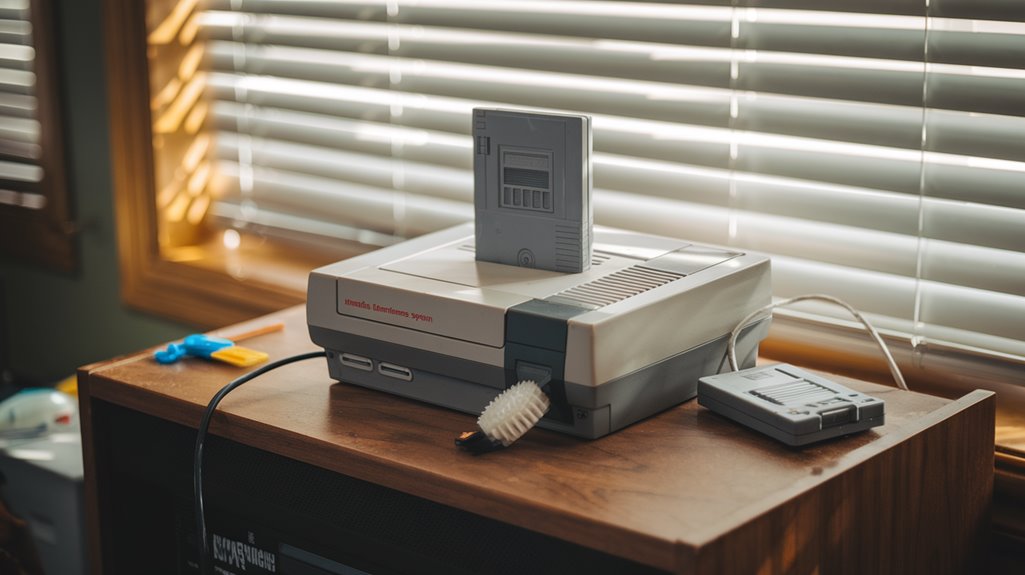
While millions of gamers believed blowing into Nintendo cartridges would fix their gaming woes, this widespread practice was nothing more than a persistent myth.
You might remember your parents telling you dust was the culprit, leading you to blow air into the cartridge whenever your game wouldn't start.
This urban myth spread rapidly through playground conversations and shared experiences, becoming deeply embedded in gaming folklore.
What you didn't know was that visible debris wasn't dust at all—it was oxidation on the copper connectors.
The real issue stemmed from the NES's flawed design, which caused mechanical wear on the cartridge connectors.
The preservation of these gaming practices and myths remains crucial for understanding gaming history.
The PBS Digital Studios conclusively proved this practice was ineffective.
When your game started working after blowing on it, you were actually experiencing the benefits of reinsertion, not your breath.
In fact, the moisture from blowing likely damaged your games over time.
Understanding the NES Hardware Design
Behind those problematic cartridges lay a complex piece of engineering: the Nintendo Entertainment System's hardware architecture.
Your NES relied on a Ricoh 2A03 CPU architecture running at 1.79 MHz, working in tandem with a dedicated Picture Processing Unit (PPU). The PPU functionality allowed the system to display up to 25 colors simultaneously, creating the vibrant worlds you remember from your childhood games. The system utilized memory-mapped I/O to efficiently organize communication between its hardware components.
When you inserted a cartridge, the CPU would interface with the game's program ROM while the PPU constructed images from pattern data. The system included 2 KB video RAM for processing these graphics.
This delicate dance between components made games possible, but it also made the system vulnerable to connection issues. The front-loading design, while innovative, used brass-plated nickel connectors that would tarnish over time, leading to the infamous blowing-on-cartridges phenomenon.
The Science Behind Connection Issues
Understanding why your NES games sometimes failed to boot requires examining the complex interplay of physical and chemical factors affecting cartridge connections.
Your console's 72-pin connector design was inherently flawed, becoming less reliable as springs weakened and pins corroded. Similar issues weren't common with earlier Atari systems, showing how the NES design specifically created these problems. While cartridge games offered instant loading, load times weren't worth sacrificing reliability. Basic connection maintenance became challenging due to dust accumulation, while copper connectors on cartridges would tarnish when exposed to air.
The importance of proper cartridge cleaning can't be overstated, as chemical buildup and oxidation directly impacted conductivity between components.
While you might've used alcohol or specialized cleaning kits, moisture from blowing into cartridges actually accelerated corrosion and oxidation on the connector pins.
Over time, these combined factors led to degraded performance, making it increasingly difficult for your beloved games to establish proper connections with the console.
Why Blowing Seemed to Work
Despite scientific evidence proving otherwise, the practice of blowing into Nintendo cartridges became a universal fix among gamers due to a powerful combination of placebo effect and mechanical coincidence.
When you blew into a cartridge and it worked, you weren't witnessing a miracle—you were experiencing a placebo effect reinforced by user behavior patterns.
The practice originated in the 1980s with NES and quickly spread among console owners.
The true fix often came from removing and reinserting the cartridge, which could dislodge dust or realign the pins for better contact. Your repeated attempts at blowing actually increased the odds of success through sheer repetition. The common belief was that blowing would adjust the motherboard, though this was never actually the case.
The immediate satisfaction of a working game after blowing created a powerful psychological reward, making you believe in its effectiveness.
This shared experience among gamers transformed a questionable practice into gaming folklore, despite potentially damaging the cartridges over time.
Long-Term Damage and Nintendo's Warning
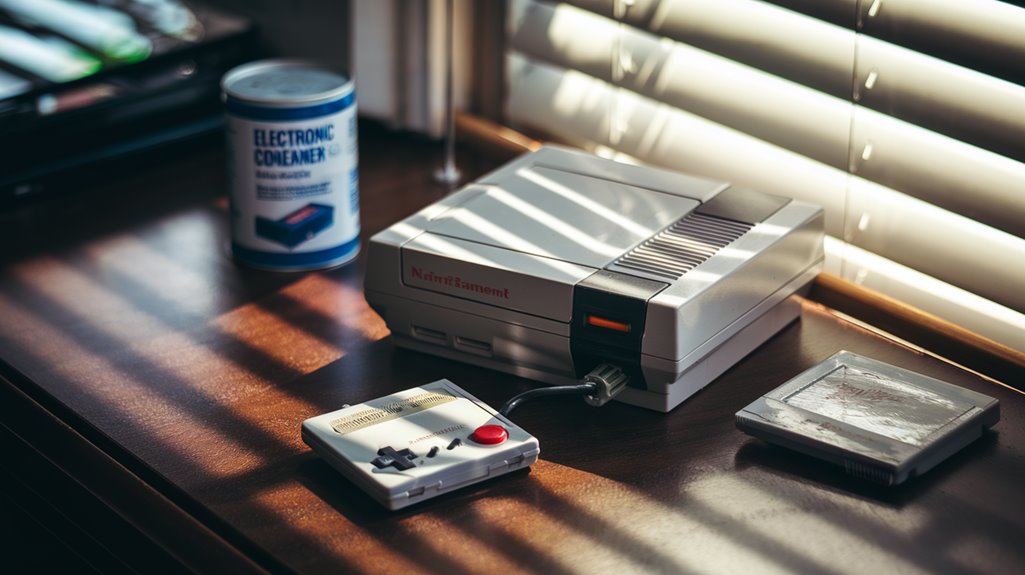
While blowing into Nintendo cartridges seemed like a quick fix, this common practice actually caused significant long-term damage to the gaming hardware. Your breath's moisture would corrode the pin connectors over time, creating a harmful patina that made proper cartridge maintenance even more challenging. The 72-pin interface was particularly susceptible to these connection problems.
Nintendo recognized these moisture effects and took action by adding clear warning labels to their cartridges. They specifically cautioned against blowing into Game Paks or systems, explaining how breath moisture could contaminate the connections. Many gamers continued using this quick cleaning method despite knowing the risks.
These warnings continued through multiple console generations, from NES to N64. Scientific studies have since confirmed Nintendo's concerns, with experiments showing that cartridges subjected to regular blowing deteriorated much faster than those left alone.
The real solution was simply removing and reinserting the cartridge until it made proper contact.
 peer review functionality helps students learn from each other's work, gamers shared this ritualistic solution across playgrounds and neighborhoods. In reality, the process likely caused harm as human breath corrodes the delicate components inside.
peer review functionality helps students learn from each other's work, gamers shared this ritualistic solution across playgrounds and neighborhoods. In reality, the process likely caused harm as human breath corrodes the delicate components inside.
Today's digital gaming landscape might've left cartridge-blowing behind, but you'll still find its legacy deeply embedded in gaming culture.
Here's why this tradition remains significant:
- It serves as a reminder of gaming's humble technological beginnings
- It represents a universal experience that connects older generations of gamers
- It symbolizes the creative ways players solved gaming problems
- It highlights how far gaming technology has evolved
While you won't need to blow on your modern gaming devices, this peculiar ritual continues to evoke fond memories of gaming's earlier days.

